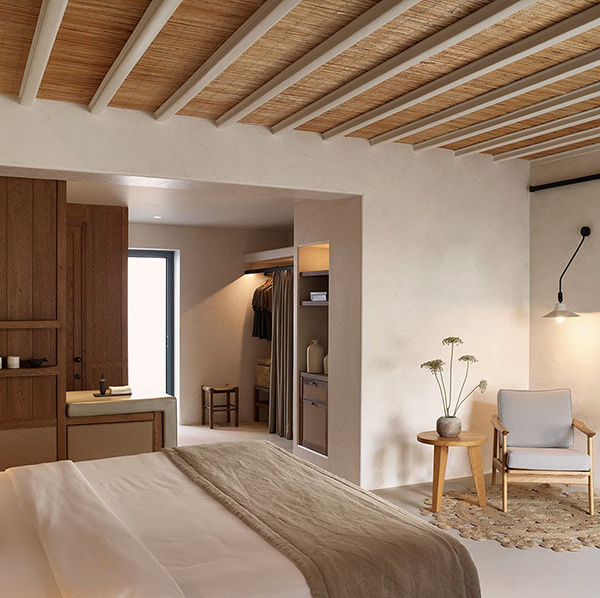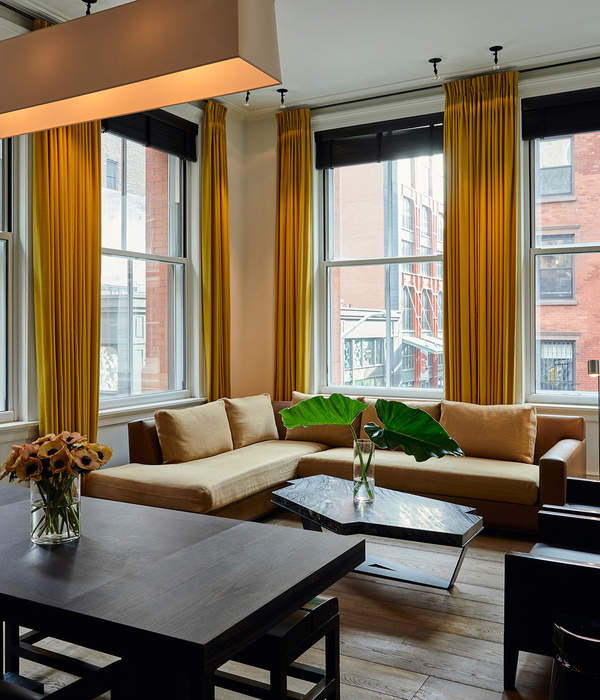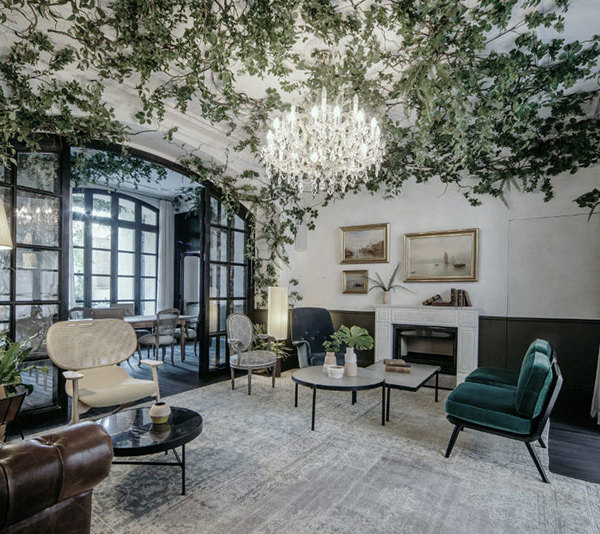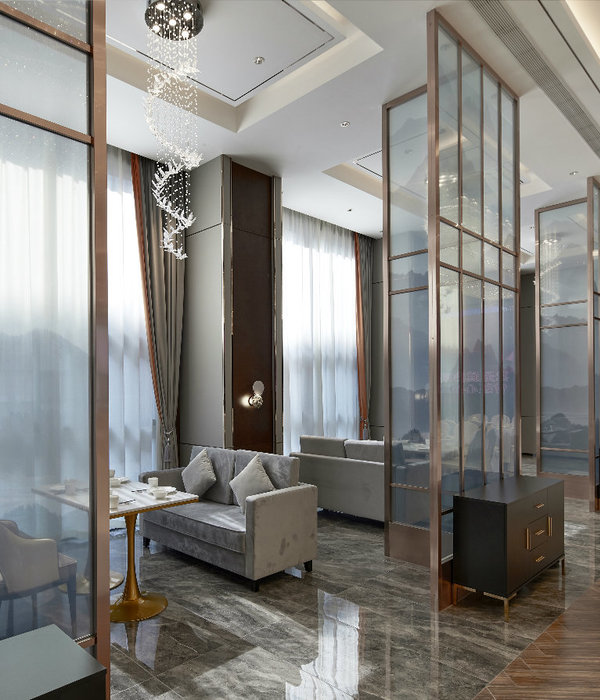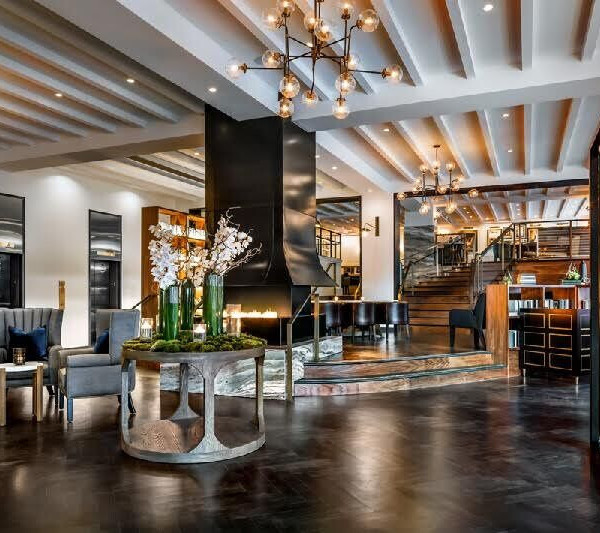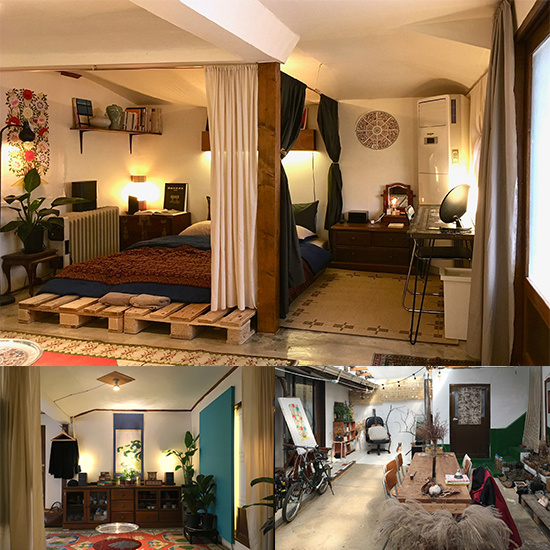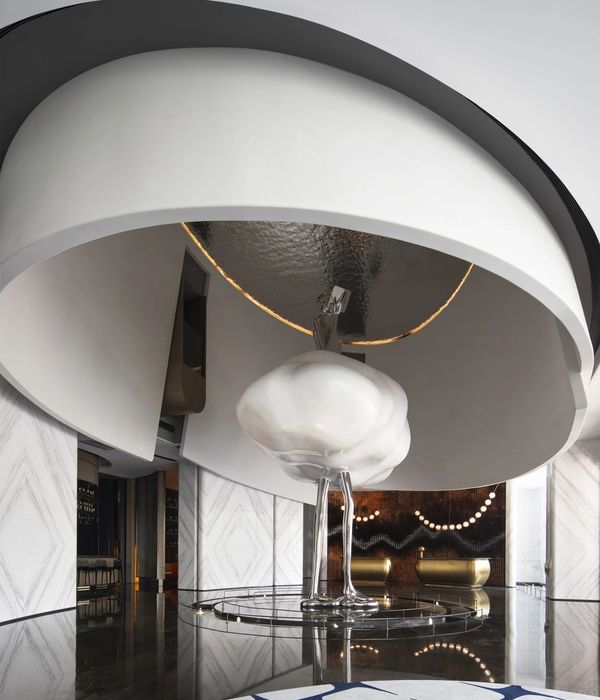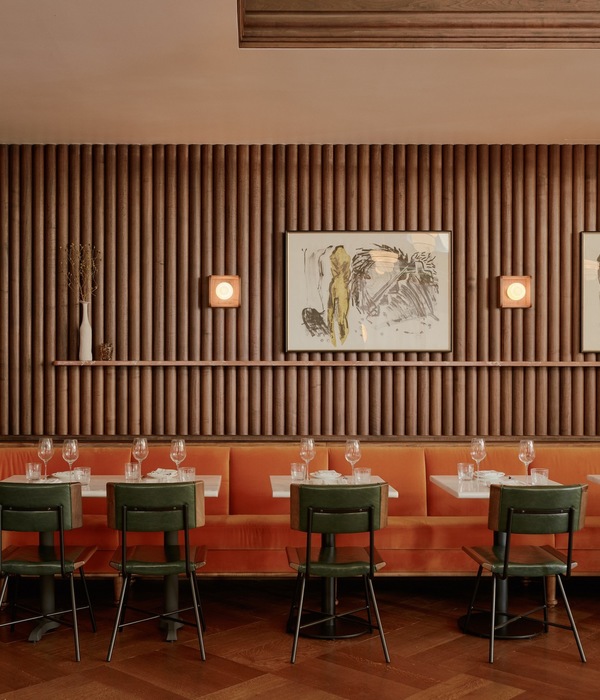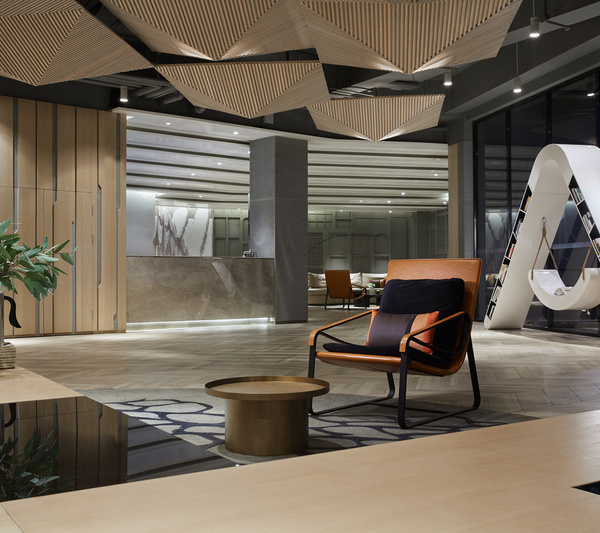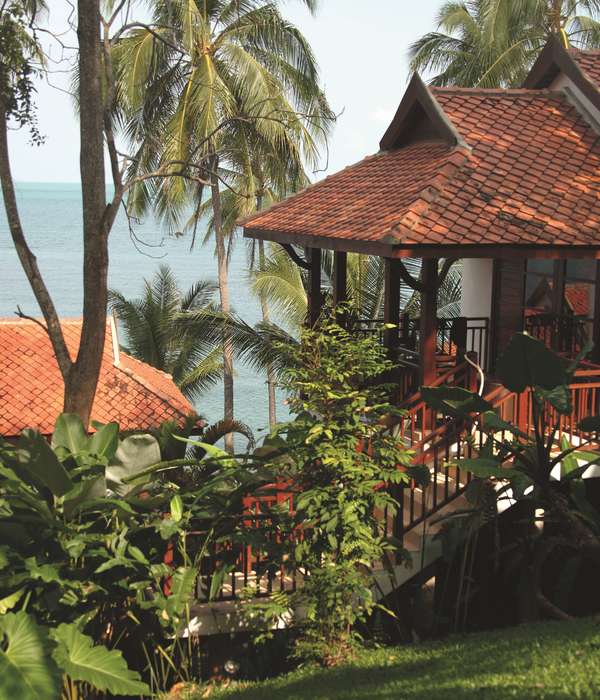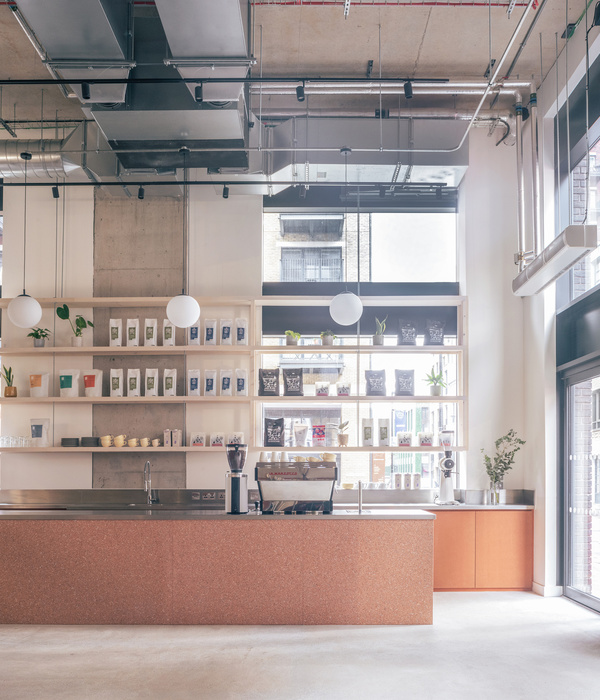Architects:Dietmar Feichtinger Architectes
Year :2020
Photographs :David Boureau
Lighting Design :Wonderfulight
Contractors :GTM, AE BRETAGNE
Clients : ALTER Cités
Competition Team : Jan Feichtinger, Radek Smrcina, Jordan Kalapchiev
Planning : Jan Feichtinger
Site Supervision : Arthur Royer
Engineers : SBP GMBH
Aerodynamic Studies : BOAS
Metallery : SA SMB
Charpenter : SAS BRIAND BOIS
Aerodynamic Studies : BOAS
City : Angers
Country : France
Angers is the capital of the departments of Maine-et-Loire, in the west of France. The city of 153,000 inhabitants is located about 100 km north-east of Nantes and 300 km from Paris. Angers Saint-Laud railway station is a major transport hub in the city centre. A TGV train to Paris stops there 13 times a day, traveling the distance in 1.45 hours. There are about 40 trains a day to Nantes. The station is located rue Auguste Gautier to the north of the railway line, rue Fulton passes to the south of it. In the area of the station, the bundles of rails are about 70 metres wide and cut a deep corridor running towards the city. The old reinforced concrete pedestrian bridge, which crossed directly over the tracks, was badly damaged.
The urban development plans include an upgrading of the area. On the railway station side, offices and a multi-storey car park have been built on Rue Auguste Gaultier, and a hotel is under construction. To the south of the bundle of tracks, a new promenade and park will be built on Fulton Street. The bridge for pedestrians and cyclists is part of this modernization and has been won by Dietmar Feichtinger Architectes. Their design is based on the urban scale, overcoming the barrier of the railway tracks and providing direct access for disabled people to the platforms via lifts and stairs.
Above all, it is a singular traffic structure that becomes a landmark with its gently curved path, its constructive elegance, and the remarkable laminated wood porticoes that support both, the lighting and the flat roof. The varying distances between these punctuated images of the path offer different views of the tracks, the trains, and the city. Benches along the balustrades invite you to sit down. The bridge becomes a path and a place.
The wooden porticoes become strong identity elements of the bridge. They underline the crossing and enter into a dialogue with the city. They punctuate the journey. By their different distances, their slightly variable sections and the arched layout of the bridge, they open up constantly new perspectives on the tracks, the arriving and departing trains. They condense towards the middle of the bridge, creating a sheltered atmosphere that invites to pause, while the larger distances at the beginning and end of the bridge broaden more and more the view of the city. Work on the volume of this project also includes the shape of each portico. Its angle of inclination changes with the rhythm of the movement. In the middle, the cross-section of the frames is continuously enlarged. This continuous opening of the frames increases the significance of the bridge over the rails.
These wooden frames not only shape the relationship between the passers-by and the place, but they also have a specific function: they serve to integrate lighting, protect against weather and wind. These elements are integrated into their construction. Anti-slip strips are embedded in the wooden footbridge, ensuring that the bridge can be used safely even under bad weather conditions. The new bridge for pedestrians and cyclists at the St. Laid railway station is much more than just a railway crossing. It is a new urban landmark where people like to stop, linger, talk, watch the trains, arrive or depart.
▼项目更多图片
{{item.text_origin}}

